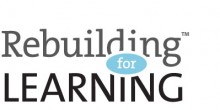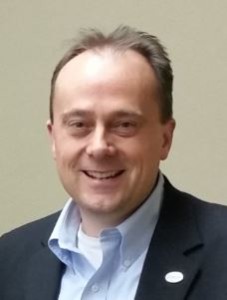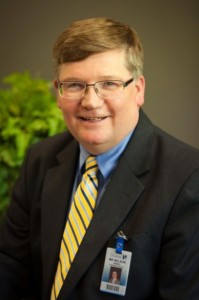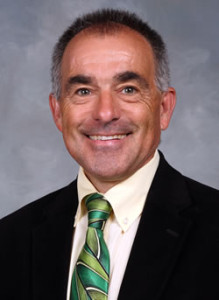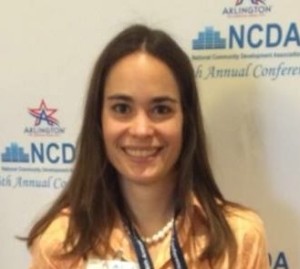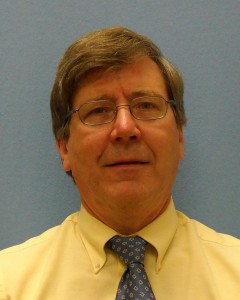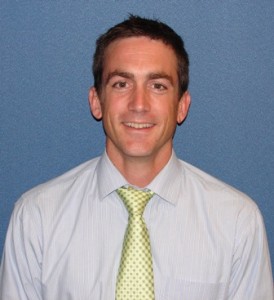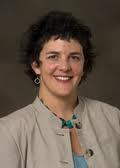Together We Can!
Connected systems for meeting the needs of all students. Our local schools, city services, county programs and community agencies are filled with passionate professionals who have made serving children, youth and families their life’s mission. What a tremendous impact these heroes have in our community every single day. By supporting them through improving how our systems work together, just think of the even greater impact we can achieve!
Creating connected systems of care is a key strategy of La Crosse’s Rebuilding for Learning (RfL) effort. The RfL initiative is directly inspired by the groundbreaking work of Howard Adelman and Linda Taylor. Their work includes the useful visual linked here depicting ideal connected systems. Adelman and Taylor note that the collaboration necessary to create connected systems and seamless interventions requires “horizontal and vertical restructuring of programs and services.” That’s fancy parlance for saying we must change the status quo. Over the years the children we serve have changed (for example, they tend to be more culturally and socioeconomically diverse, with more complex needs) and the research has evolved as to how we can best serve them. To be successful, we must respond accordingly.
Each year since the inaugural RfL summit in 2011, we’ve come closer to closing service gaps and creating connected systems. Thanks to the inspiring work led by Curt Teff from School District of La Crosse and Mandy Bisek from La Crosse County Juvenile Justice, decisions about when intervention from the criminal justice system is appropriate are becoming more coordinated and supports more integrated. Advocacy by educators like Laura Huber coupled with financial support from the City of La Crosse, La Crosse Community Foundation and La Crosse County, has led to the creation of “neighborhood social workers” who can assist families before problems reach a critical level.
Speaking of filling service gaps, 2015 saw a host of new prevention initiatives1 aimed at assisting “at-risk youth.” RfL has helped promote an environment where these new programs, far from being isolated efforts, are being coordinated in impressive ways. This is all in addition to service restructuring underway within La Crosse County and the School District of La Crosse.
Sure, we have a long way to go in achieving our goals for connected and seamless systems of supports. As we close the year, however, it’s appropriate to pause and appreciate how far we’ve come. In 2016, we’re poised to continue to make significant strides in that journey, and it’s exciting to think that we’ve only scratched the surface of what’s possible. Together we can and will ensure every child in La Crosse has the opportunity to succeed!
1Some examples of new programs and initiatives in 2015 include: New YMCA Teen Center, Mental Health Professional added to the Boys and Girls Club, Host Home Program for Homeless Teens launched by Family and Children’s Center, United Way Venture Grants targeted at Programs for “At Risk” Youth, YWCA Justice Circles program.
